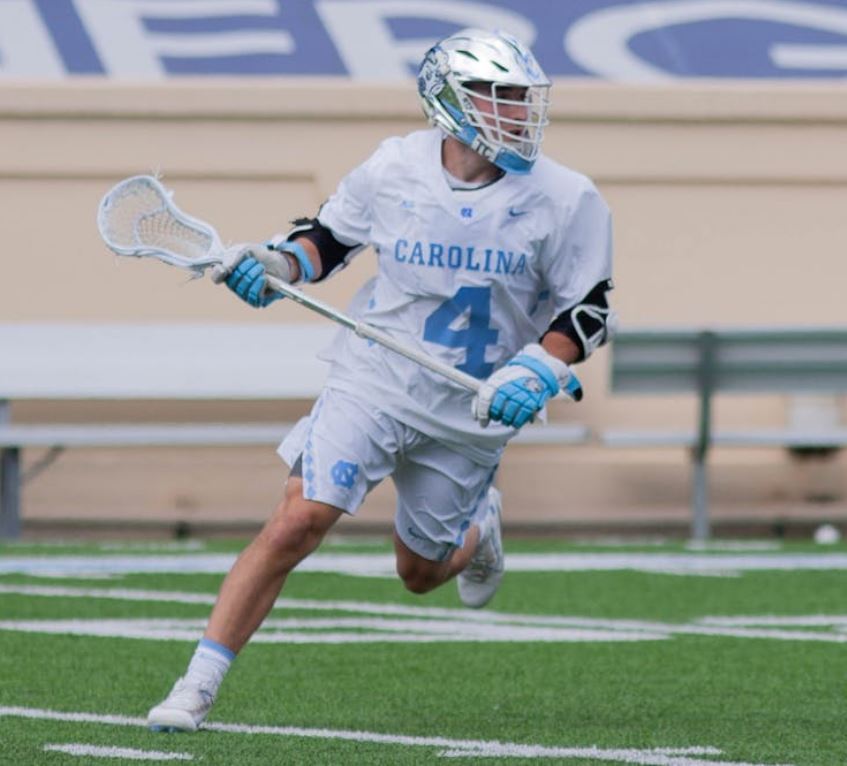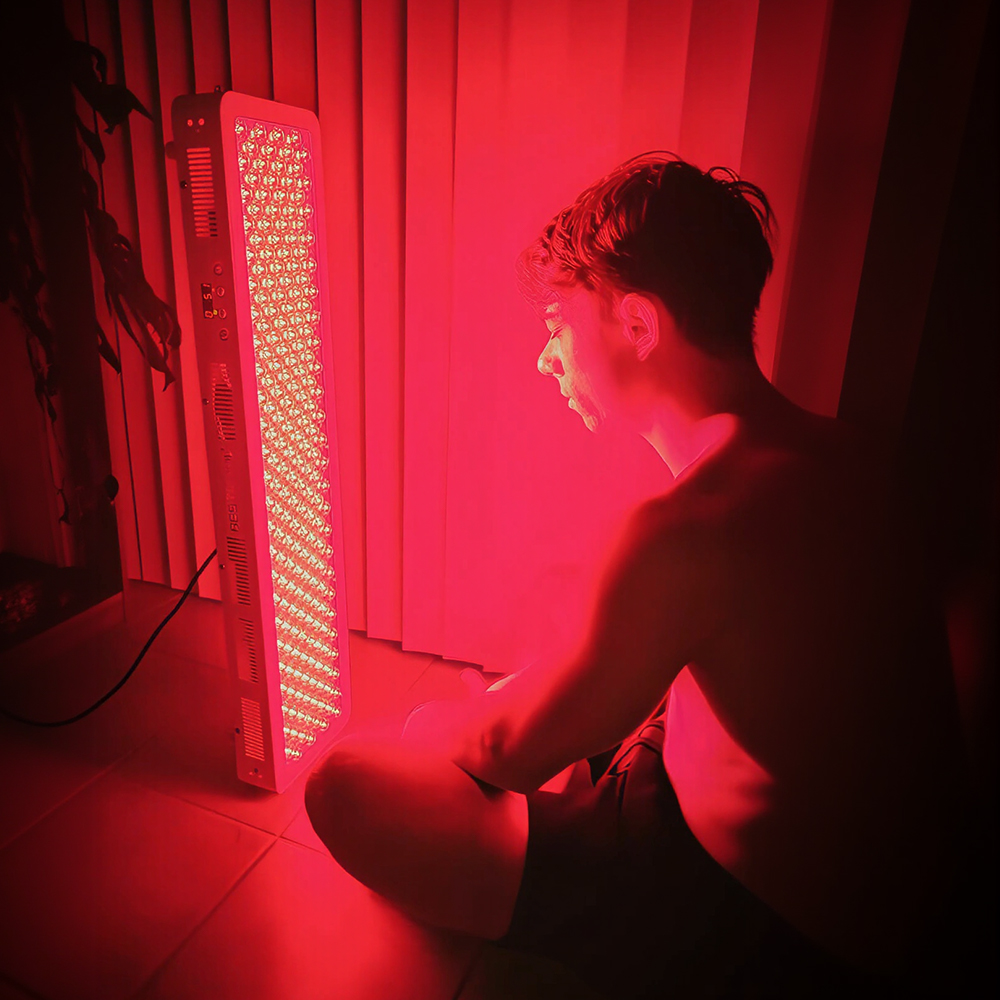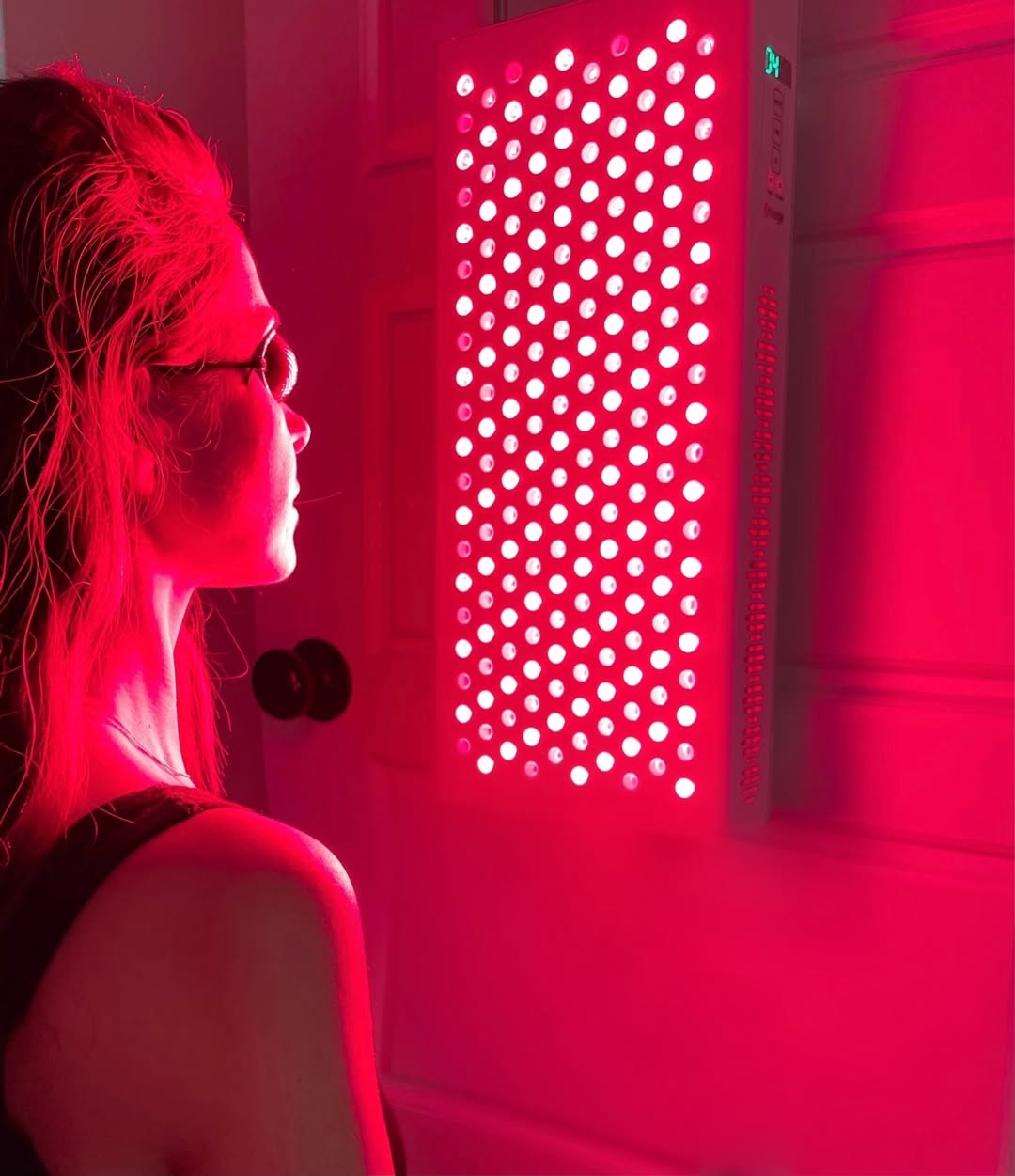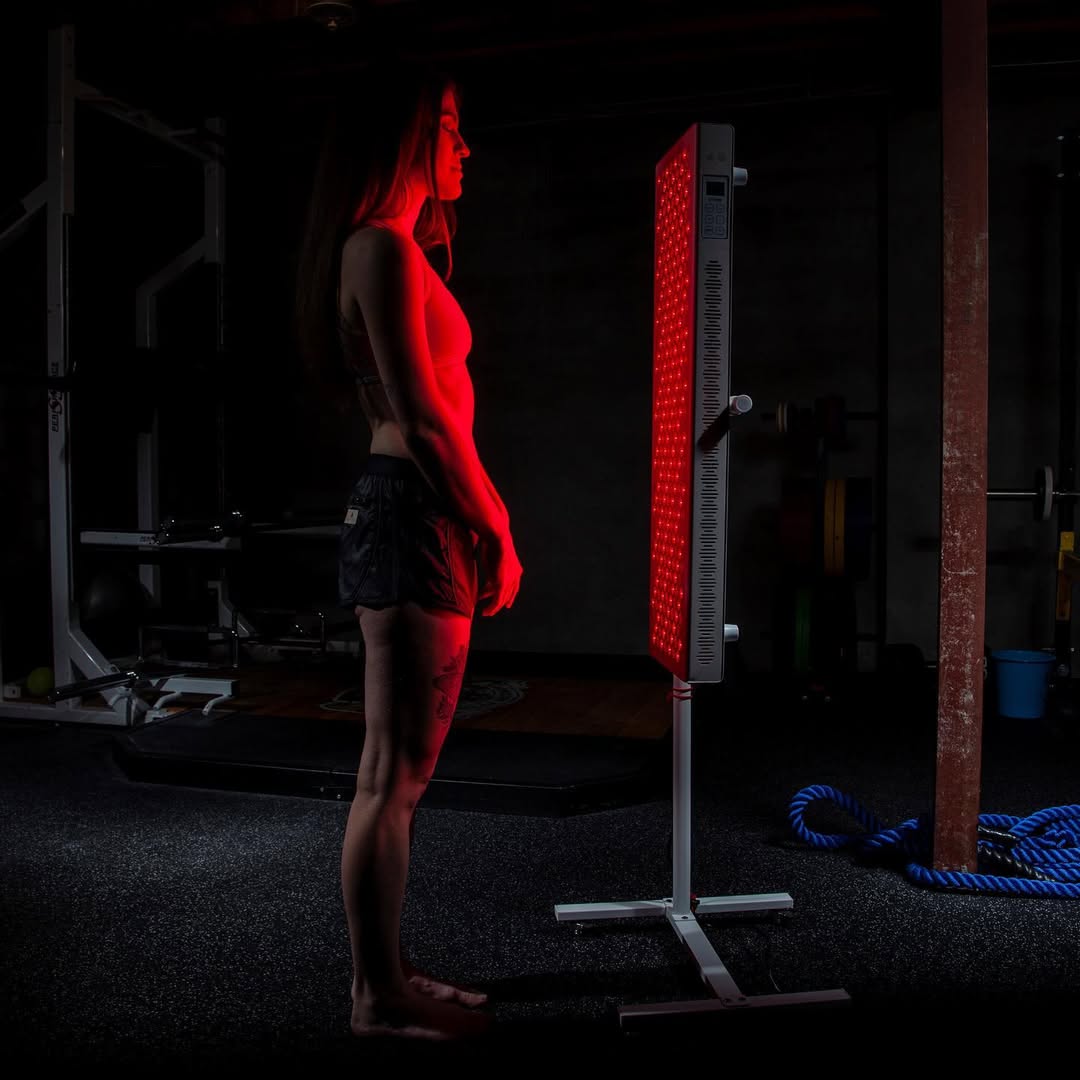![]() Free Shipping
Free Shipping ![]() Buy Now, Pay Later
Buy Now, Pay Later ![]() Eligible
Eligible
Can Red Light Therapy Help Lacrosse Athletes Reduce Muscle Fatigue After Intense Games?

Lacrosse is a high-intensity sport that demands explosive speed, agility, and endurance. Players frequently experience muscle fatigue, soreness, and even minor injuries after grueling games and practices. Recovery is crucial for maintaining peak performance, and many athletes turn to ice baths, massage, and compression therapy. But could red light therapy (RLT) be the next game-changer for lacrosse players looking to bounce back faster?
Understanding Red Light Therapy
Red light therapy, also known as low-level laser therapy (LLLT) or photobiomodulation, involves exposing the body to low-wavelength red and near-infrared light. This non-invasive treatment penetrates the skin to stimulate cellular energy production, reduce inflammation, and enhance tissue repair.
Originally developed by NASA for wound healing in space, RLT has gained traction among athletes for its potential to:
- Reduce muscle soreness
- Speed up recovery
- Decrease inflammation
- Improve circulation
Why Lacrosse Players Experience Muscle Fatigue
Lacrosse is a physically demanding sport that combines sprinting, quick directional changes, and physical contact. The repetitive motions—such as shooting, passing, and defensive maneuvers—place significant stress on muscles, particularly in the:
- Shoulders (from throwing and checking)
- Legs (from sprinting and sudden stops)
- Core (for stability and power generation)
Post-game fatigue often results from micro-tears in muscle fibers, lactic acid buildup, and oxidative stress. Traditional recovery methods help, but RLT may offer a more efficient solution.
How Red Light Therapy Aids Recovery
1. Boosts Mitochondrial Function & Energy Production
Red and near-infrared light penetrate deep into tissues, where they are absorbed by mitochondria—the “powerhouses” of cells. This stimulates adenosine triphosphate (ATP) production, giving cells more energy to repair and regenerate. For lacrosse players, this means faster recovery of fatigued muscles.
2. Reduces Inflammation & Oxidative Stress
Intense exercise triggers inflammation, which, while part of the natural healing process, can delay recovery if excessive. RLT has been shown to lower pro-inflammatory cytokines while increasing anti-inflammatory signals, helping athletes recover without prolonged soreness.
3. Enhances Blood Flow & Oxygenation
Improved circulation means more oxygen and nutrients reach damaged muscles. Studies suggest RLT can stimulate nitric oxide release, which dilates blood vessels and enhances recovery.
4. Accelerates Muscle Repair
Research in the Journal of Athletic Training found that athletes using RLT experienced less muscle damage and soreness post-exercise compared to control groups. For lacrosse players, this could mean quicker turnaround between games and practices.
VELLGUS Elite V2
THE #1 RATED RED LIGHT DEVICE
VELLGUS pro V2
THE #1 RATED FULL BODY RED LIGHT DEVICE
Real-World Applications for Lacrosse Players
Post-Game Recovery
- Portable RLT devices can be used in the locker room to target sore shoulders, legs, or back.
- Full-body panels provide broad coverage for overall muscle recovery.
Injury Prevention & Maintenance
Regular RLT sessions may help prevent overuse injuries by keeping muscles and joints in optimal condition.
Combining RLT with Other Modalities
Many athletes pair RLT with:
- Cold therapy (to reduce swelling)
- Foam rolling (to release muscle tension)
- Hydration & nutrition (to support cellular repair)
What the Research Says
- A 2016 study in Lasers in Medical Science found that RLT significantly reduced delayed onset muscle soreness (DOMS) in athletes.
- A 2020 meta-analysis in Sports Medicine concluded that photobiomodulation improves recovery and performance in high-intensity sports.
Potential Limitations
While promising, RLT isn’t a magic bullet. Factors like wavelength, dosage, and consistency matter. Some athletes may need multiple sessions to see benefits.
Final Verdict: Should Lacrosse Players Try RLT?
Given its non-invasive nature, lack of side effects, and growing scientific support, red light therapy is worth considering for lacrosse players looking to reduce muscle fatigue, enhance recovery, and stay game-ready.
For best results, athletes should combine RLT with proper sleep, nutrition, and hydration—creating a holistic recovery strategy that keeps them at the top of their game.
Have You Tried RLT?
If you’re a lacrosse player (or any athlete) who has experimented with red light therapy, share your experience in the comments! Did it help with soreness? How often do you use it? Let’s discuss the future of sports recovery.








